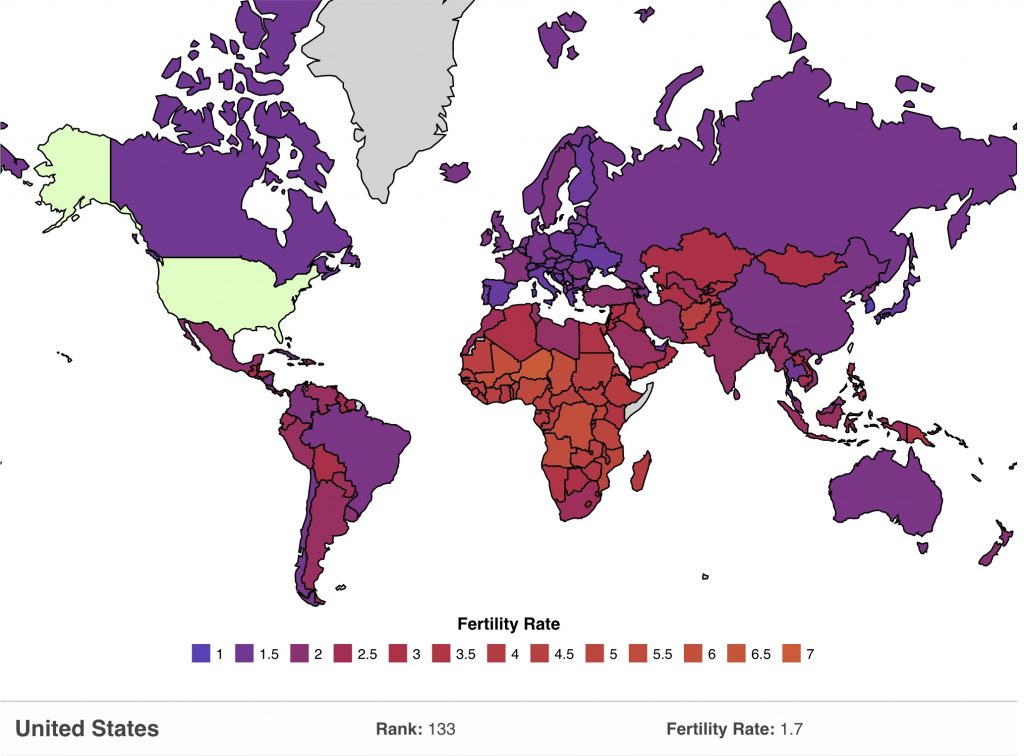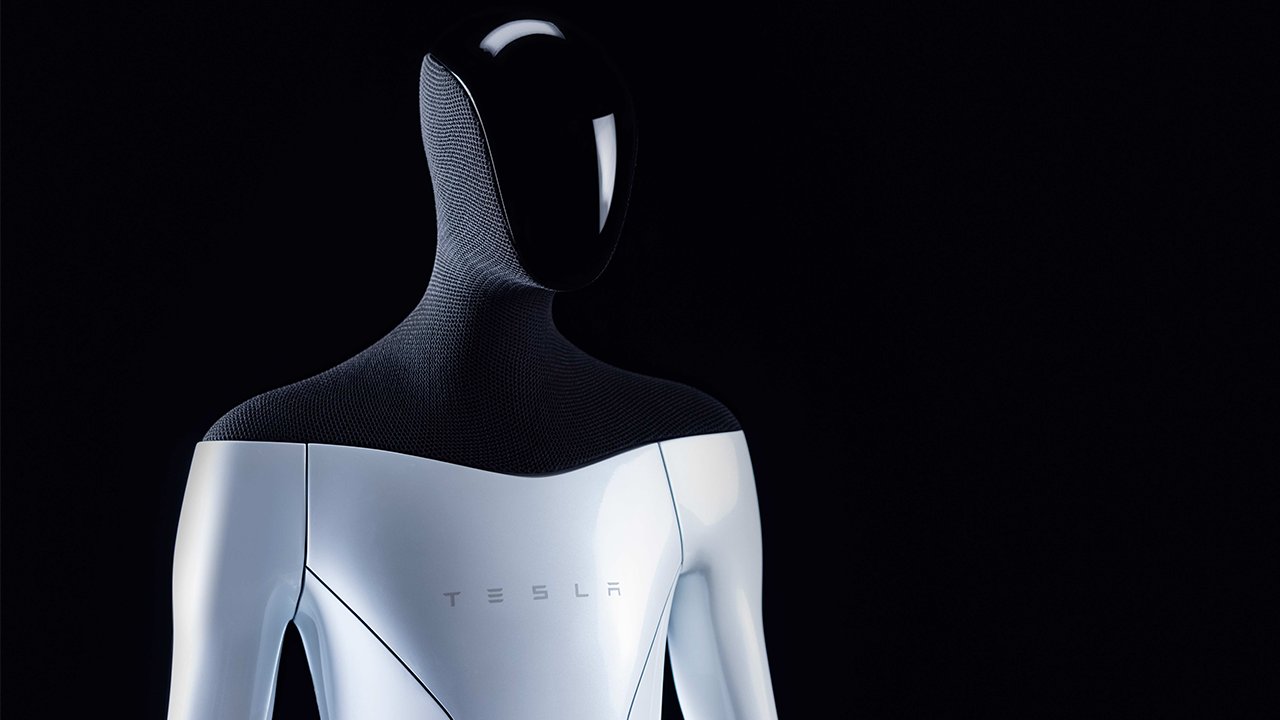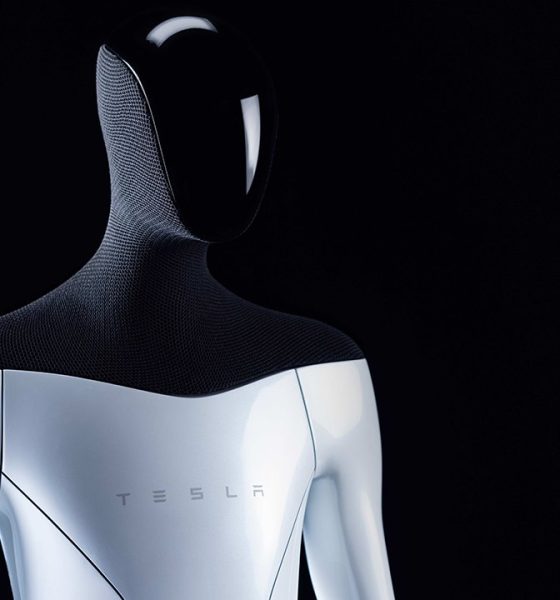At the Wall Street Journal’s (WSJ) CEO Council Summit, Elon Musk shared some updates on the Tesla Bot and how it could alleviate human labor shortage in the future.
During Tesla AI Day, when the company unveiled the Tesla Bot, Musk explained that the humanoid robot could be used to help with “boring, repetitive, dangerous work.” At the WSJ summit, Musk elaborated further on the primary purpose of the Tesla Bot.
“[The Tesla Bot] has the potential to be a generalized substitute for human labor over time. The foundation of the economy is labor. Capital equipment is essentially distilled labor… The fundamental constraint is labor. There are not enough people. I can’t emphasize this enough. There are not enough people. I think one of the biggest risks for civilizations is the low birthrate and the rapidly declining birthrate.
“And yet, so many people, including smart people, think there are too many people in the world and think that the population is going out of control. It’s completely the opposite. Please look at the numbers. If people don’t have children, civilization is going to crumble. Mark my words,” Musk said.
Multiple studies through the years have shown that global birth rates are declining. According to the UN Population Division, for a country to naturally replace its population, it should have a fertility rate or replacement rate of at least 2.1. Very few countries have a birthrate that meets the minimum replacement rate.
A quick look at the map below reveals many countries worldwide have a fertility rate below 2.0. For instance, China has a fertility rate of 1.7, and Japan’s is 1.4. Asia’s fertility rates seem to fluctuate between 1.0 to above 2.1.

Meanwhile, in Europe, most nations have a fertility rate below 2.1. For example, Germany has a fertility rate of 1.6, and Italy’s replacement rate is 1.3. In North America, it is below 2.1 as well. The United States has a fertility rate of 1.7, and Canada’s replacement rate is 1.5.
Some parts of the globe have fertility rates higher than 2.1, like Nigeria, which has a replacement rate of 5.4. However, births are trending on a decline. For instance, Nigeria’s current fertility rate decreased from 6.35 in the ’60s to its current rate in 2019.
Experts believe declining birth rates could slow economic growth. One study published by the University of Alabama identified some adverse outcomes of declining birth rates, including labor shortages, wage pressures, and large turnover rates. The Tesla Bot seems to be a resolution to expected labor shortages caused by low birth rates.
Tesla is due to release a prototype of its humanoid AI robot next year. The company has already started a hiring ramp for the Tesla Bot in 2022. Tesla has posted jobs mostly related to manufacturing and engineering for its humanoid robot, like postings for Controls Engineers and Engineering Technicians.
Musk shared also shared some details about Tesla’s progress with its humanoid AI robot project at the summit.
“With Tesla Autopilot and Full Self-Driving we’re effectively creating the most advanced, practical AI for navigating the world. You can almost think of Tesla as the world’s biggest company, or semi-sentient robot company. The car is already kind of like a robot on four wheels. So then, it’ll probably take the same technology and put it in a humanoid robot and make it be useful.
“Essentially, for the humanoid part, we need to develop some custom actuators and sensors and essentially use the Tesla Full Self-Driving or Autopilot or just generally speaking, real world navigation AI for the humanoid robot and I think this could be quite profound. I don’t know exactly when we will get this right, but we will get it right,” he said.
Watch Elon Musk’s WSJ interview below!
The Teslarati team would appreciate hearing from you. If you have any tips, reach out to me at maria@teslarati.com or via Twitter @Writer_01001101.

News
Tesla FSD fleet is nearing 7 billion total miles, including 2.5 billion city miles
As can be seen on Tesla’s official FSD webpage, vehicles equipped with the system have now navigated over 6.99 billion miles.

Tesla’s Full Self-Driving (Supervised) fleet is closing in on almost 7 billion total miles driven, as per data posted by the company on its official FSD webpage.
These figures hint at the massive scale of data fueling Tesla’s rapid FSD improvements, which have been quite notable as of late.
FSD mileage milestones
As can be seen on Tesla’s official FSD webpage, vehicles equipped with the system have now navigated over 6.99 billion miles. Tesla owner and avid FSD tester Whole Mars Catalog also shared a screenshot indicating that from the nearly 7 billion miles traveled by the FSD fleet, more than 2.5 billion miles were driven inside cities.
City miles are particularly valuable for complex urban scenarios like unprotected turns, pedestrian interactions, and traffic lights. This is also the difference-maker for FSD, as only complex solutions, such as Waymo’s self-driving taxis, operate similarly on inner-city streets. And even then, incidents such as the San Francisco blackouts have proven challenging for sensor-rich vehicles like Waymos.
Tesla’s data edge
Tesla has a number of advantages in the autonomous vehicle sector, one of which is the size of its fleet and the number of vehicles training FSD on real-world roads. Tesla’s nearly 7 billion FSD miles then allow the company to roll out updates that make its vehicles behave like they are being driven by experienced drivers, even if they are operating on their own.
So notable are Tesla’s improvements to FSD that NVIDIA Director of Robotics Jim Fan, after experiencing FSD v14, noted that the system is the first AI that passes what he described as a “Physical Turing Test.”
“Despite knowing exactly how robot learning works, I still find it magical watching the steering wheel turn by itself. First it feels surreal, next it becomes routine. Then, like the smartphone, taking it away actively hurts. This is how humanity gets rewired and glued to god-like technologies,” Fan wrote in a post on X.
News
Tesla starts showing how FSD will change lives in Europe
Local officials tested the system on narrow country roads and were impressed by FSD’s smooth, human-like driving, with some calling the service a game-changer for everyday life in areas that are far from urban centers.

Tesla has launched Europe’s first public shuttle service using Full Self-Driving (Supervised) in the rural Eifelkreis Bitburg-Prüm region of Germany, demonstrating how the technology can restore independence and mobility for people who struggle with limited transport options.
Local officials tested the system on narrow country roads and were impressed by FSD’s smooth, human-like driving, with some calling the service a game-changer for everyday life in areas that are far from urban centers.
Officials see real impact on rural residents
Arzfeld Mayor Johannes Kuhl and District Administrator Andreas Kruppert personally tested the Tesla shuttle service. This allowed them to see just how well FSD navigated winding lanes and rural roads confidently. Kruppert said, “Autonomous driving sounds like science fiction to many, but we simply see here that it works totally well in rural regions too.” Kuhl, for his part, also noted that FSD “feels like a very experienced driver.”
The pilot complements the area’s “Citizen Bus” program, which provides on-demand rides for elderly residents who can no longer drive themselves. Tesla Europe shared a video of a demonstration of the service, highlighting how FSD gives people their freedom back, even in places where public transport is not as prevalent.
What the Ministry for Economic Affairs and Transport says
Rhineland-Palatinate’s Minister Daniela Schmitt supported the project, praising the collaboration that made this “first of its kind in Europe” possible. As per the ministry, the rural rollout for the service shows FSD’s potential beyond major cities, and it delivers tangible benefits like grocery runs, doctor visits, and social connections for isolated residents.
“Reliable and flexible mobility is especially vital in rural areas. With the launch of a shuttle service using self-driving vehicles (FSD supervised) by Tesla in the Eifelkreis Bitburg-Prüm, an innovative pilot project is now getting underway that complements local community bus services. It is the first project of its kind in Europe.
“The result is a real gain for rural mobility: greater accessibility, more flexibility and tangible benefits for everyday life. A strong signal for innovation, cooperation and future-oriented mobility beyond urban centers,” the ministry wrote in a LinkedIn post.
News
Tesla China quietly posts Robotaxi-related job listing
Tesla China is currently seeking a Low Voltage Electrical Engineer to work on circuit board design for the company’s autonomous vehicles.

Tesla has posted a new job listing in Shanghai explicitly tied to its Robotaxi program, fueling speculation that the company is preparing to launch its dedicated autonomous ride-hailing service in China.
As noted in the listing, Tesla China is currently seeking a Low Voltage Electrical Engineer to work on circuit board design for the company’s autonomous vehicles.
Robotaxi-specific role
The listing, which was shared on social media platform X by industry watcher @tslaming, suggested that Tesla China is looking to fill the role urgently. The job listing itself specifically mentions that the person hired for the role will be working on the Low Voltage Hardware team, which would design the circuit boards that would serve as the nervous system of the Robotaxi.
Key tasks for the role, as indicated in the job listing, include collaboration with PCB layout, firmware, mechanical, program management, and validation teams, among other responsibilities. The role is based in Shanghai.
China Robotaxi launch
China represents a massive potential market for robotaxis, with its dense urban centers and supportive policies in select cities. Tesla has limited permission to roll out FSD in the country, though despite this, its vehicles have been hailed as among the best in the market when it comes to autonomous features. So far, at least, it appears that China supports Tesla’s FSD and Robotaxi rollout.
This was hinted at in November, when Tesla brought the Cybercab to the 8th China International Import Expo (CIIE) in Shanghai, marking the first time that the autonomous two-seater was brought to the Asia-Pacific region. The vehicle, despite not having a release date in China, received a significant amount of interest among the event’s attendees.










